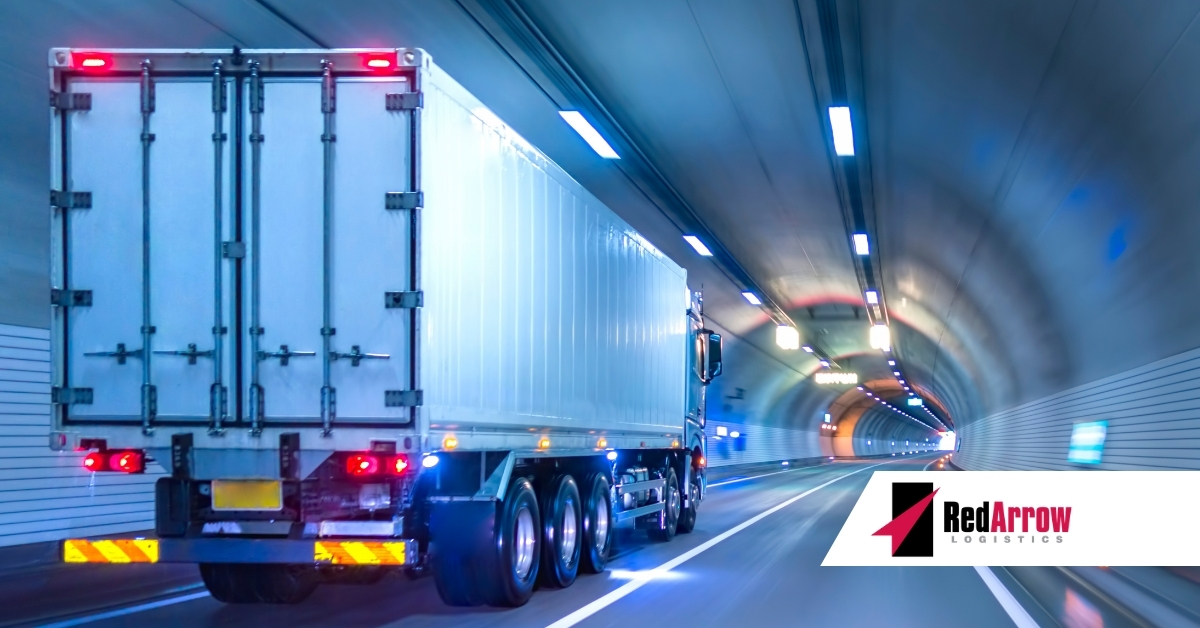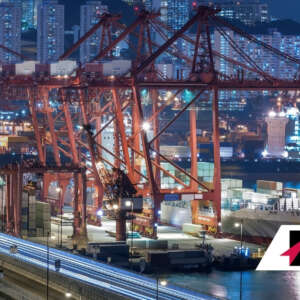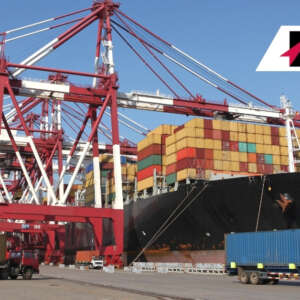Once criticized for being ‘behind the times when it comes to advances in technology, the LTL (less-than-truckload) industry has made great strides in recent years. The increase in e-commerce has made LTL a more frequently used mode of transportation. More retailers are relying on LTL for their shipping and as customers’ expectations have increased, so has the need for transparency and real-time tracking. At the same time, shipping windows have condensed as customers have come to expect quick delivery. This has caused the need for the LTL industry to adopt new technologies to meet these demands.
Digitization Advances
The volume of freight has been increasing at a rate that no longer allows for the manual handling of LTL. In order to keep up with demand, digital LTL shipping plays an important role in shaping transportation in the future. In the world of logistics, there are many technologies and applications that can be used for digitization. These solutions make it easier for companies to digitize their workflow. Many carriers have found that the ability to offer a driver app with automated dispatch, tracking, document retrieval, and automated settlement and payment has improved efficiencies within the market. This has also led to increased venture capital investment.
Advantages of Digitization
The adoption of new technologies has made the LTL industry more efficient because of the following benefits:
- – Increased accountability with shipments
- – Lower risk in transferring data from paper to digital bill of lading
- – Real-time tracking and visibility to the customer
- – Access to shipment details among all involved parties
- – More effective shipment tendering
These benefits have enabled the LTL carriers to remain competitive in an increasingly demanding environment. The ability to transfer data from a manual to a digital process for the bill of lading will make a big difference in the efficiency of this industry.
Bill of Lading Lags
The demand created for LTL by e-commerce has forced the industry to embrace digitization. While LTL has advanced substantially, there are some parts of the process that are not yet fully digital. The bill of lading (BOL) is one of the most necessary documents in moving freight, and they have only become more complex. Transportation consultant Cerasis states, “Parcel shipments have over 90% of bills of lading digitized, whereas the LTL industry lacks behind.” They claim that up to 75% of the LTL industry uses paper for bill of lading.
However, two of the LTL biggest carriers, UPS and FedEx, have moved to complete digital shipping. As other carriers share in the market, they will most likely follow the industry giants’ lead and adopt digitized BOL’s. this will eliminate risk and uncertainty and more product more efficiently.
LTL Automation
The LTL industry is also using digital logistics to optimize cargo loads and the algorithms and Internet of Things (IoT) is changing efficiency in tracking and control. Computing ways to optimize truck space by ‘cubing out’ is becoming more widely used in LTL shipping. Artificial intelligence (AI) is being used by cross-dock operators to ensure that inbound pallets are being placed in optimal trailers and in the right sequence to make delivery more efficient.
Delivery is also being made more efficient with the use of handheld computers by drivers. Carriers such as Saia LTL Freight are using mobile devices to manage their fleet of trucks from the terminal or out in the field. The use of a wireless network allows drivers to provide real-time information such as fuel consumption and driver performance. As a result, carriers experience a significant reduction in costs. Carriers are moving to an environment where people and assets are better connected to remain competitive in the market.
The transition to digital LTL shipping is critical to meeting the demands of the current market. As the e-commerce demand in the transportation industry continues to increase, carriers and shippers will need to use digitalization to become efficient and keep costs manageable. Shippers will need to install technology that will give customers the visibility they want. The LTL industry must evolve as other industries have.
Your Trusted Partner
At Red Arrow Logistics, we provide expertise and white glove customer service with fast-growing, complex, and high-value supply chains. As the next-generation model of logistics companies, we offer tailored transportation and logistics solutions — from single shipments to complex over-dimensional and international orders.
Red Arrow offers the scale and scope of services including air, ocean, and ground transportation to meet the budget and schedule requirements of the largest and smallest companies alike. If we can be of assistance, please email us at info@redarrowlogistics.com or give us a call at 425-747-7914.





